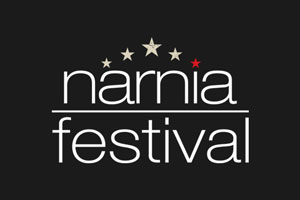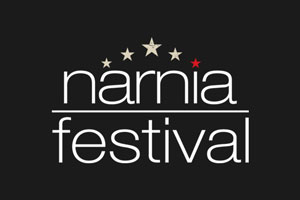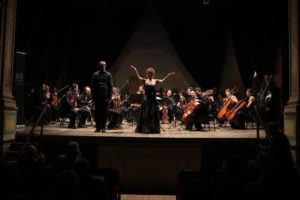Narni
How to reach Narni by plane
The nearest airport is Rome Fiumicino (FCO).
How to reach Narni by train
The nearest train station is Narni – Amelia and is connected with Roma Termini or Roma Tiburtina train station by hourly trains.
Check the train schedule on www.trenitalia.com.
There is a bus running from the Narni – Amelia train station to the main square in Narni very close to all lodging facilities.
How to reach Narni by car
Northbound
- Take Highway A1 toward Florence
- Take the exit toward SS3
- Keep left at the fork, follow signs for Otricoli/Calvi dell’Umbria/Terni
- Turn left onto SS3
- Turn right onto Via Flaminia Romana/SS3
- Continue to follow SS3
- Turn right onto Strada Narni-Sant’Urbano/SP20
- Turn right onto Strada Narni-Sant’Urbano.
Southbound
- Take Highway A1 toward Rome
- Take exit Orte toward Via Terni/E45/SS204
- Keep right at the fork, follow signs for Perugia/Terni/Narni/Flaminia/Fano/E45/Cesena/Amelia and merge onto Via Terni/E45/SS204
- Take the ramp onto SS675
- Take exit Narni to merge onto SS204
- Continue onto Via Tiberina/SS3ter
- Slight right onto Strada dei Tre Ponti/SP1
- Turn right onto Via Flaminia Ternana/SS3
- Turn right to stay on Via Flaminia Ternana/SS3
- Sharp left onto Strada Narni- Sant’Urbano/SP20
- Turn right onto Strada Narni-Sant’Urbano.
Average temperatures in July
72F – 78F (22C – 25C)
Historical information
Narni – Geographic center of Italy, situated in the province of Terni, in the region of Umbria.
It’s a typical Umbrian town, built on a hill 790 feet above sea level with 20.570 inhabitants and strong medieval traces. The town has outstanding views over the river Nera valley and the wide plane of Terni. Narni offers artistic, archaeological and religious itineraries, plus an abundance of natural history for the tourist. The town’s theater dates back to 1800.
It is surrounded by cultural gems, including the renowned cities of Perugia, Assisi, Todi, Spoleto.
Narni is situated 62 miles from Rome and 46 miles from Perugia.
Although Neolithic people lived in this region, the first historical document mentioning the town is dated 600 B.C.
Narni was a Roman colony under the name of Narnia, a name that comes from the Nar River, which today is called the Nera.
- In 233 B.C., with the construction of the via Flaminia from Rome to Rimini on the Adriatic coast, Narni became of major importance and it was heavily fortified because the road passed through the town.
- In 90 B.C., Narnia became a municipally (semi-independent) town within the Roman Empire.
The first Christian Bishop of Narni, Giovenale from Cartage, was chosen in 368 A.D. and later was consecrated as Patron Saint of the town.
Narni’s strategic position, standing as it does above the deep gorge of the river Nera, has made it a target of many invading and barbarian forces. - In the 11th century, it established its power as a free “Comune” (autonomous town).
- Between the 12th and the 14th century, it reached its greatest splendor.
- In 1371, the Pope Reformed the Statutes of the city and Narni became part of the Papal State.
Narni developed a school of painting and goldsmithing. Many artists of the renaissance period produced work for clients and patrons in Narni: Rosellino, Ghirlandaio, Gozzoli, Vecchietta, Antoniazzo, Romano, and Spagna. - On the 17th of July 1527, the Lanzichenecchi (northern mercenaries) stopped on their way back from the sacking of Rome and destroyed Narni.
- Slowly the walls, buildings, and churches were rebuilt and by the end of the century, Narni had been re-established.
After the rebuilding, many important artists returned to Narni, including Vignola and Zuccari. Also Sangallo and Scalza, who took part in the reconstruction of the town. - In 1664 the town library was founded. Many famous people were born in Narni, including the emperor M.C. Nerva, Gattamelata, the Beata Lucia, Bernardo Eroli, Galeotto Marzio and S. Cassio.


 Italiano
Italiano

